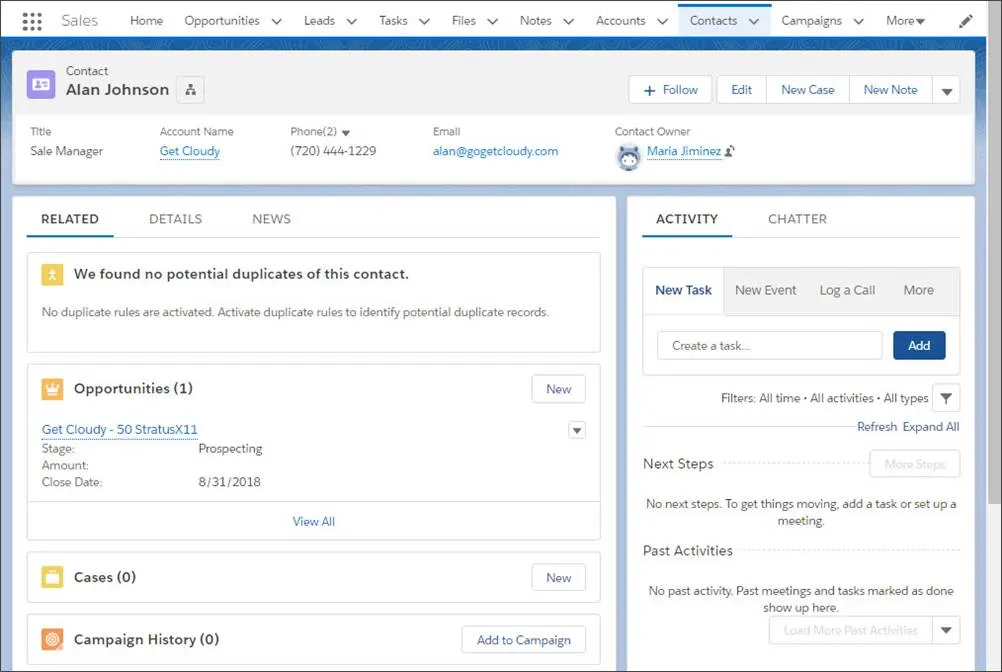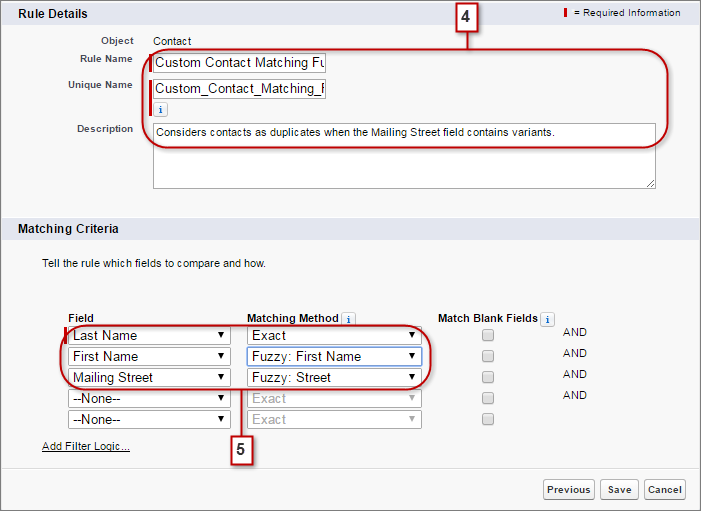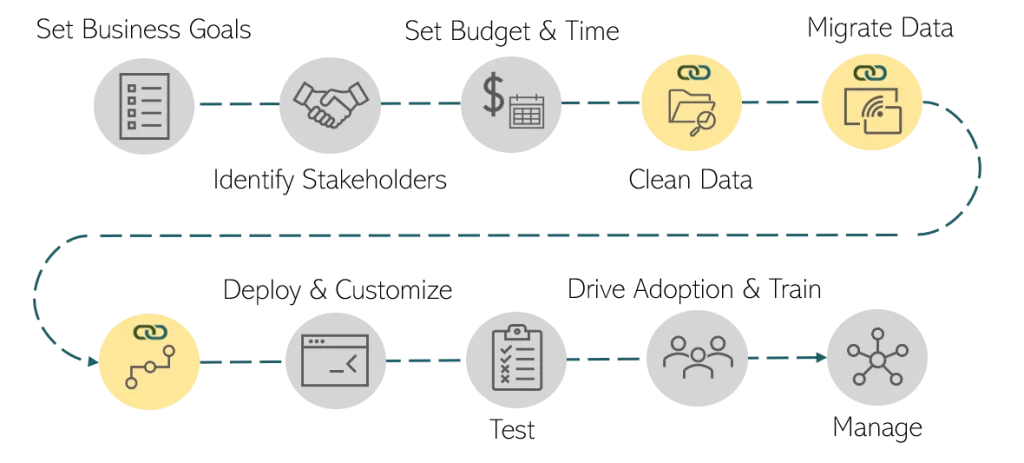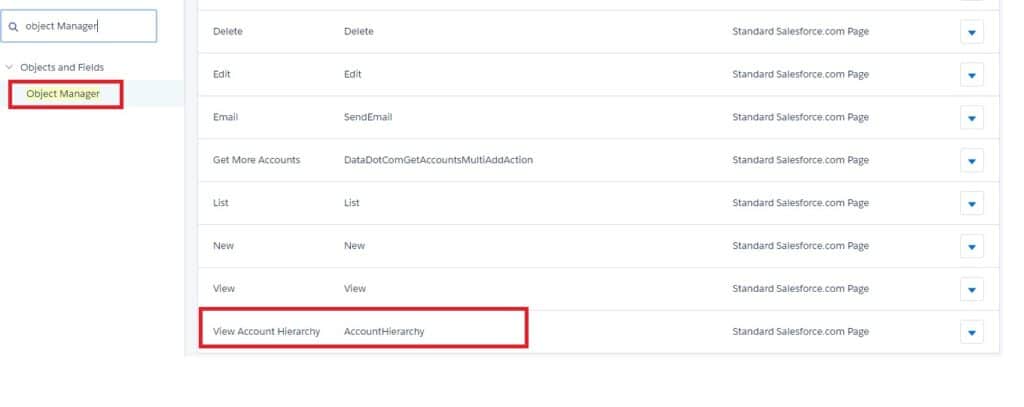Account planning in Salesforce is an essential concept in Salesforce CRM, but there are some things you need to know before you can manage your accounts. At its foundation, Salesforce’s functions revolve around managing your accounts. As a result, it offers you a complete picture of all your consumer information and interactions.
Additionally, you can better serve your consumers with a thorough picture of them. However, there are several crucial ideas you’ll need to comprehend to gain the most value out of the platform. One of these essential ideas is Account Planning in Salesforce, which we’ll examine in more detail in this article. An Account in the context of Salesforce CRM is a company with which you are presently doing business or have previously had business ties.
Although the bulk of your Salesforce Accounts are businesses you work with or your customers, the Salesforce object for Accounts also enables you to store information on your rivals, resellers, investors, and any other organization with a significant stake in your company.
What Should You Understand About Account Planning in Salesforce?
The primary function of Salesforce is to manage your relationships with your Salesforce accounts. As a result, it offers you a complete picture of all your consumer information and interactions. Additionally, you can provide better service to your consumers with a thorough picture of them. However, there are several crucial ideas you’ll need to comprehend to gain the most value out of the platform. One of these essential ideas is merging accounts in Salesforce, which will be covered in greater detail in this article.
An Account in the context of Salesforce CRM is a company with which you are presently doing business or have previously had business ties. The Salesforce object for Accounts enables you to store information on your rivals, resellers, investors, and any other entity with a financial interest in your business, even if the majority of Account Planning in Salesforce consists of businesses you serve to like your clients.
You can use Salesforce Accounts for two primary purposes:
- Billing
- Recurring Payments.
Let’s take a deeper look at each separately, as each has a unique set of features and capabilities that enable it to operate efficiently within Salesforce CRM.

What Information Can Be Stored In An Account Record In Salesforce?
The Salesforce accounts’ foundation includes contact details, lead details, and more. Let’s look at the data that may be stored in Account planning in Salesforce objects now that we’ve got an overview of Accounts and how they differ from Contacts and Leads. Several instances include:
- The account Name is used to identify the Account and give details about it. It’s displayed on the Account tab in Salesforce, where you can also enter more information about your Account. When you create an account record, Salesforce combines the first and last names fields for Account Name. If you use Middle Name or Suffix, add these to the Account Name.
- The Account Owner is the account record that stores information about the assigned owner of an account. An account Owner is a profile record that stores information about the user who has been granted access to an account. It can be accessed from any list or dashboard of accounts and is visible only to administrators.
- A unique number used to identify accounts is what you can use to track and trace the history of an account. It contains 40 characters and is typically assigned by the company you work for.
- Account Currency is the default currency used for all currency fields in your Account. Any amounts in that currency will also be converted to your currency. This field is only available in multiple currencies if you have an organization taxonomy Name.
- Annual revenue is a crucial metric to measure a business’s or individual’s success. It is a good indicator of how much your company makes and its overall financial status. In Account Planning in Salesforce, you can store it in an account record.
- The industry field is used to identify the primary industry of your account record. Your Salesforce admin will produce a list of possible values for this field from which you may choose an industry. Each entry in this list is limited to 40 characters.
- The Type field in Salesforce is used to indicate the type of Account. This can be either a Customer, Competitor, or Partner account. As with the Industry field, you’ll select an account Type from a list of available values that your Salesforce admin determines.
How to Create Salesforce Accounts in 5 Simple Steps
Account planning in Salesforce is the primary way to keep track of the people, companies, and opportunities that come into contact with your company. In Salesforce, you may create accounts in one of three methods. First, you may manually create accounts by choosing New from the Accounts page. After that, you may enter all the data by filling in the fields. Finally, click Save to create the Account after you’re finished.
You may transform a lead into an opportunity, or you can establish accounts by importing a list of contacts or accounts from a data supplier. When a lead is converted in this scenario, the lead becomes a Contact, and the business the lead works for becomes the Account.
Salesforce offers several other features and settings that simplify account management. These include:

How to Merge Accounts in Salesforce for Keeping Your Data Accurate
Merging duplicate merge accounts in Salesforce is a great way to ensure that your data is accurate and up-to-date. Unfortunately, duplicate accounts can clutter your CRM, so they’re an easy target for deletion. But by merging duplicate accounts, you can keep all the information that’s important to you in one place.
You can merge accounts in duplicate salesforce accounts manually or automatically. Manual merging is fast but requires more effort than an automated process. However, automated merges are your best option if you want to guarantee that your data are as precise as possible. They allow you to quickly merge all of your sales leads into one master record—and then automatically update each record with the latest information from other sources (like customer records).
How to share account planning in Salesforce
You can share an account with another merge account in Salesforce by granting that user access to the Account and making a request for sharing. To share an account with another user, you must have both the account owner and the individual requesting sharing permission on record in Salesforce. You can do this by granting access using the Accounts tab or by going through a process of requesting access using the Sharing tab.
You can also define how many users can be granted access to a shared account at once. The default setting is five users per request; however, you can change this if you need to give more people access to your accounts. Share accounts with other users in Salesforce.

How To Import & Update Account Information With Salesforce
Importing and updating account information with third-party data is a great way to ensure the accuracy of your Salesforce data and increase productivity for your sales team. But there are two essential things to keep in mind: first, how your Salesforce admin sets up these features, and second, how much time it takes to set up.
If you have a Salesforce admin who has enabled Lightning Data or Data.com integration, importing and updating with third-party data can be done simply by selecting a record and specifying that you want to import or update the record’s account information. This can save you and your sales team time, as they won’t have to check for accuracy manually.
However, if your admin has not enabled this feature, importing new accounts may take longer than usual because you’ll have to manually compare your account information with data available on third-party applications. This process usually takes more time than importing new accounts directly into Salesforce using this method.
How To Enable Automated Account Fields In Salesforce
Automated account fields in Salesforce make it easier for your team and customers. For example, when you activate this function, you can give your salespeople a list of suggestions when they enter information into the Account Name field. This will facilitate their ability to enter the correct name and ensure that any other required fields are filled in automatically.
The best part is that if someone doesn’t choose a suggestion from the list (or if none of them match), then you don’t have to worry about sending them back to their previous screen—they’ll be able to continue without having to worry about making a mistake or even filling out an incorrect form.

How Account Hierarchies Help in Salesforce Account
Account hierarchies are among Salesforce’s most crucial features. Account hierarchies make the connections between accounts within a larger organization easier. As a result, when you enable this functionality, your sales team will be able to see the connections between parent and child accounts as well as their subsidiaries from a high perspective.
For example, sell products to your customers through multiple channels, like email marketing and social media ads. You can use account hierarchies to determine how much each channel makes for your company. To see patterns in client acquisition or conversion rates, you can also view how many visitors are coming from different channels at any time.
Contact EPC Group For Salesforce Consulting Services
An Account Planning in Salesforce is a business organization with whom you are currently doing business or with whom you had business relations. You can also connect your production data sources from the Accounts page to customize it further and get more detailed information.
If you’re looking for help using Salesforce to manage your organization better, look no further than the EPC Group. Our team of Certified Salesforce and CRM consultants can help you leverage the full range of Salesforce capabilities to achieve powerful results for your organization. With extensive Salesforce best practices and process knowledge, we know how to get you quickly up and running with a robust system that meets your unique business needs.










